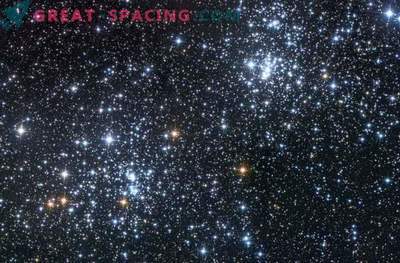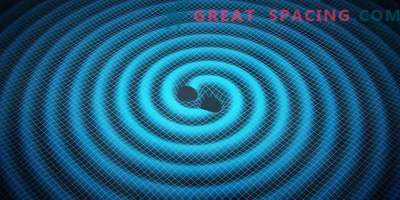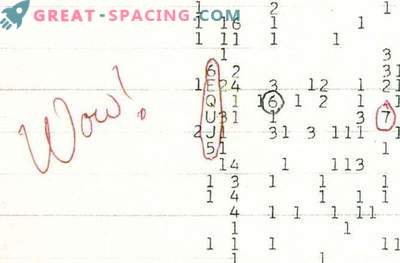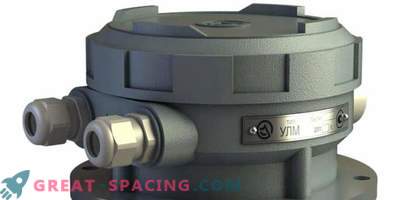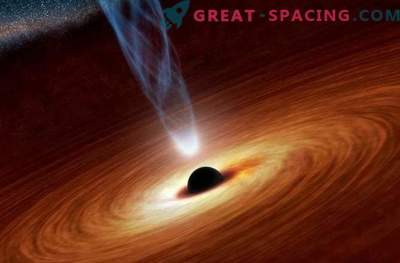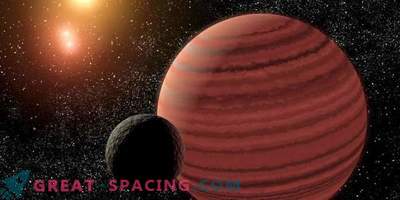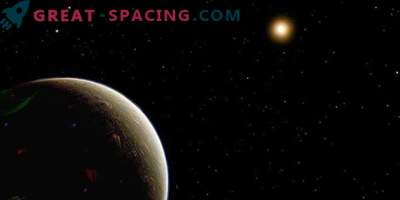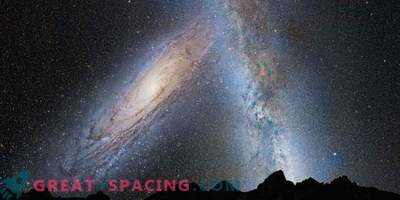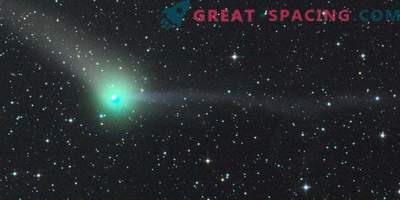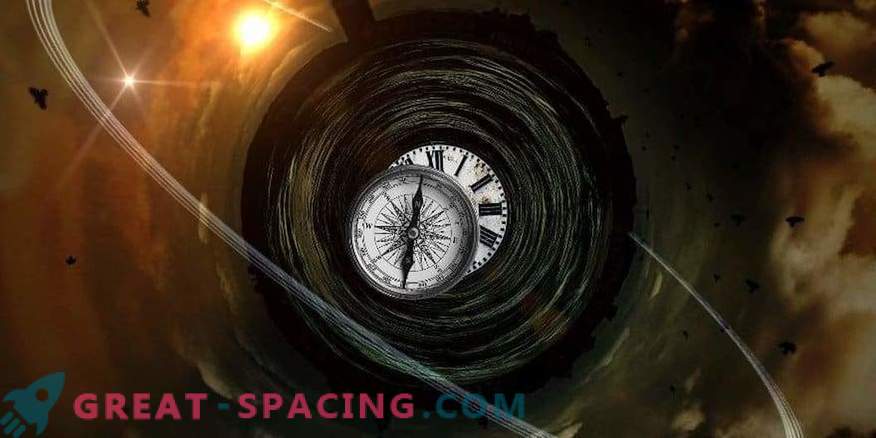
In the future, when spacecraft are sent to other planets or better studied the rotation of the Earth, a new reference frame will be used. August 30 at the meeting of the International Astronomical Union adopted a new international coordinate system ICRF3, allowing more accurately determine the direction in space. It is based on an accurate measurement of more than 4,000 extra-galactic radio sources.
Coordinate system for the Universe
The reference system is necessary to perform a variety of actions, such as measuring mountain peaks (the longitude and latitude of the Earth above sea level), so a reliable coordinate system should be coordinated to indicate directions in space. The use of fixed stars no longer seems like a good idea, because from time to time they are slightly shifted relative to each other. That is, to maintain the required level of accuracy, you will have to paint a new reference system every few years.
But the situation is changing with extragalactic radio sources. We know hundreds of thousands of objects in space that emit incredibly intense long-wave radiation. These are supermassive black holes in the center of distant galaxies (quasars), which are sometimes billions of light-years distant from us. Huge distances make these radiation sources ideal for creating a worldwide reference system. Relatively small shifts between quasars are present, but do not play a big role.
Comparison of various telescopes
To achieve maximum accuracy is difficult. It is not enough just to take a picture with a radio telescope and read the direction of the radio source. It is necessary to compare information from different radio telescopes, since each source transmits a signal with a certain noise level. By measuring the noise on two different radio telescopes at the same time, you can accurately calculate the time difference between the arrival of a signal on the first and second instruments, calculating the direction. Calculations will also require the work of powerful computers, like the Vienna VSC-3.
Using this method of locating radio sources in the starry sky, you can achieve an accuracy of up to 30 micro-angle seconds. It’s like watching a tennis ball on the Moon from Earth. At the meeting, it was decided to use this high-precision map of radio sources as an international reference system to indicate the location of astronomical objects or spacecraft. In addition, the reference system is needed to monitor your own planet, such as the precession of the axis of rotation or the movement of the poles.
